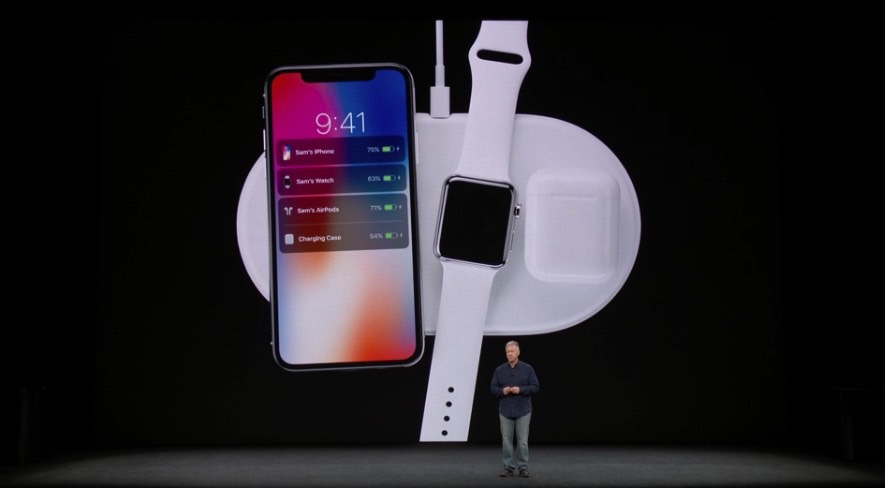The iPhone X is finally real, and in most visible ways, it smokes all the Android phones that have come out this year. But a dig through the spec sheet shows one disappointing thing: the wireless radio sucks, at least compared to the chip found inside this year’s best Android phones.
Gigabit LTE — getting download speeds of up to 1Gbps over a “regular” LTE connection — has become a reality in the last year. Thanks to network upgrades pushed by the wireless carriers and modem improvements made by Qualcomm, devices are faster than every, and real-world speedtests in excess of 300Mbps are very possible.
The improvements rely on a handful of new technologies, including 4×4 MIMO, carrier aggregation, 256 QAM, and LTE-U. Qualcomm has a good explainer on what all those exciting acronyms mean, but the short story is that each one is a clever improvement on current LTE tech that provides a modest speed or capacity bump. Working together, they can revolutionize mobile networks.
They’re technologies supported by the Galaxy S8, Galaxy Note 8, Moto Z2 Force, HTC U11, LG V30, and Sony Xperia XZ1.
One thing you won’t see on that list? An iPhone. Apple hasn’t confirmed exactly what modem is inside the iPhone 8 or iPhone X — or what it’s capable of — but it was tellingly announced on stage as “LTE Advanced,” rather than “Gigabit LTE.” That’s the kind of thing that isn’t a typo. Based on speculation and what Apple said during the presentation, we’d guess that the iPhone X won’t support Verizon’s LTE-U, Sprint’s HPDE, or AT&T’s LAA network — and we know it doesn’t support T-Mobile’s 600MHz network.
All of that is a blow to Apple’s claim that the iPhone 8 was “designed for wireless.” LTE networks are set to get faster and less congested using new technologies over the next 18 months, but that only happens if the devices using the network can actually work with it to achieve higher speeds and greater efficiency. With Apple’s revolutionary new iPhones, that’s not the case.










